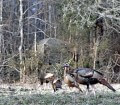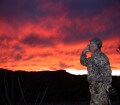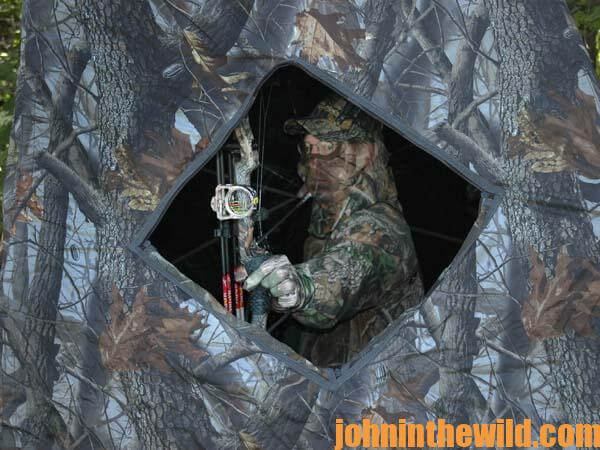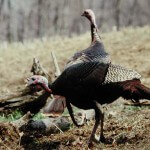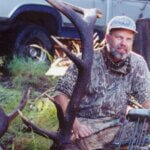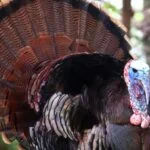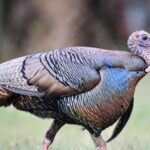John’s Note: With a long list of wins at turkey calling championships, avid turkey hunter and caller Walter Parrott (www.walterparrott.com) of Frederickstown, Missouri, is known as one of the nation’s top turkey hunters. He also hosts the TV shows, “100% Real Hunting” for Bass Pro Shops and “Winchester TV.”
When bowhunting turkeys, I shoot a bow with the weight turned down to about 60 pounds.
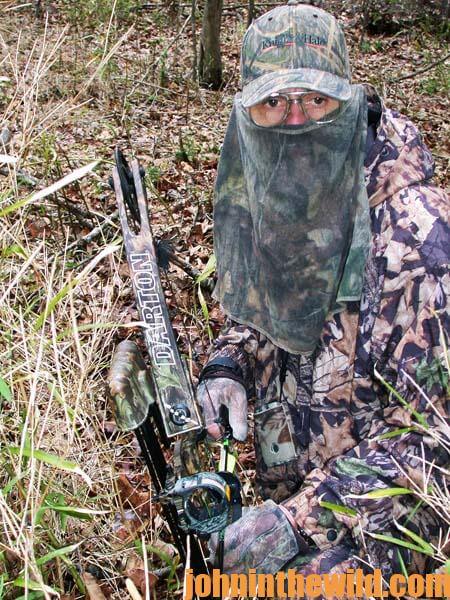 You don’t need the heavier weight when shooting at 20 yards or less that you need if you’re shooting from a tree stand and trying to penetrate an animal as big as a deer. The lighter poundage also will let you hold your bow at full draw longer, while you’re waiting on that perfect shot. I believe that broadhead preference is about as personal as the kind of shoes you wear. All shoes will put leather or rubber between you and the road; they all will protect and cover your feet. But some people just prefer one style of shoe to another. The same is true of broadheads. Every hunter can tell you why he believes the broadhead he uses is the best.
You don’t need the heavier weight when shooting at 20 yards or less that you need if you’re shooting from a tree stand and trying to penetrate an animal as big as a deer. The lighter poundage also will let you hold your bow at full draw longer, while you’re waiting on that perfect shot. I believe that broadhead preference is about as personal as the kind of shoes you wear. All shoes will put leather or rubber between you and the road; they all will protect and cover your feet. But some people just prefer one style of shoe to another. The same is true of broadheads. Every hunter can tell you why he believes the broadhead he uses is the best.
I believe that the type of broadhead you prefer is not nearly as critical as the type of trailing device you use. If you don’t make the perfect hit, and you don’t have some type of tracking device, the chances are high that you’ll lose your bird. Even if you do get a good hit on a gobbler, he still may run away or fly off. I believe that if I’ve spent the time and the effort to find a turkey, set-up my blind, put out my decoys, called in the gobbler and gotten off the shot, I certainly want to find my bird after the hunt. A string tracker drastically increases my odds of finding my gobbler.
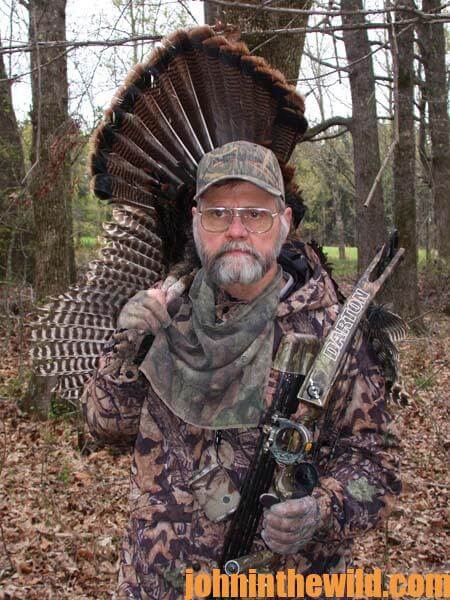 One of the advantages of calling from a blind is the ability to distort the sounds of the calls you’re making. Instead of a call going straight toward a turkey like it will in open woods, the call becomes obscured as it passes through the material of the blind. When the turkey hears the call, he knows the general direction the call is coming from, but he can’t determine the exact spot.
One of the advantages of calling from a blind is the ability to distort the sounds of the calls you’re making. Instead of a call going straight toward a turkey like it will in open woods, the call becomes obscured as it passes through the material of the blind. When the turkey hears the call, he knows the general direction the call is coming from, but he can’t determine the exact spot.
The blind I use has a slot in the back. Sometimes I’ll call toward the back of the blind to make the turkey think that the bird that’s calling is actually behind the blind instead of where the decoys are. Many times this kind of calling will cause the gobbler to move even closer to the blind and the decoys, giving me a better shot.
To learn more about turkey hunting from the masters, get these Kindle eBooks by John E. Phillips, including: “The Turkey Hunter’s Bible (available as an eBook or in paperback),” “PhD Gobblers: How to Hunt the Smartest Turkeys in the World,” “Turkey Hunting Tactics” and “Outdoor Life’s Complete Turkey Hunting.” Click here to get these books.

